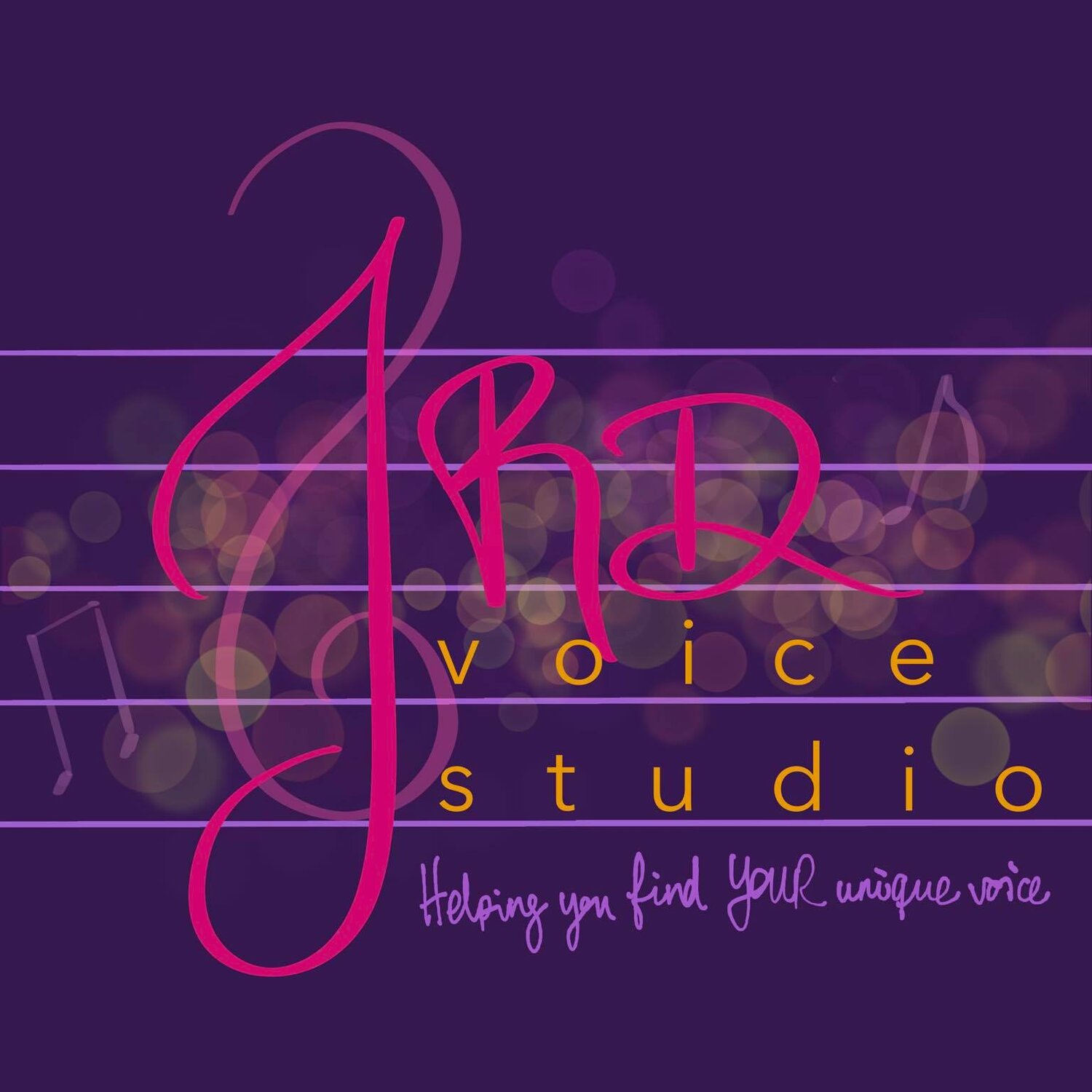The Origin Story of The Singers’ Aural Skills Drill Book For Teachers!
Well, it’s finally happened. The project that I’ve been working on has come to fruition! It’s been beta tested, copy edited, musically edited, looked at by colleagues, tweaked, and then edited some more. I’ve learned how to become a master at Canva, how to build a commerce page on this very website, and calculate price points, taxes, and percentages off. And you thought I was just a voice teacher!! HA!
So what is this digital download? I humbly present:
The Singers’ Aural Skills Drill
Book For Teachers
I have never birthed a human child, y’all, but this thing has been a true labor of love. So what is it? So glad you asked -it’s storytime!
In 2016, I designed a drill class for my 8 students doing summer session RCM practical voice exams. I am not the kind of teacher who is awesome at doing stuff by ear [hey, I own it!] and so I began hunting for resources of multiple written examples that would allow me to test, and my students to practice, all of the various musicianship/aural skills required by any practical voice exam. This included clapbacks, interval identification and singback, chord identification, chord progressions, and singbacks, as well as sight-reading. I searched in vain. There was no resource officially sanctioned by the Conservatory that directly correlated to the practical voice exam requirements, which seemed CRAZY to me…but there it was. So I diligently [and somewhat stubbornly] combed through the syllabus [at that time, the 2012 syllabus was still in use], got super clear on WHAT exactly needed to be drilled, and using the 1-2 examples provided in the syllabus itself, I cobbled together enough examples from various different resources for each grade that I could confidently use in drilling my students. I essentially made MY OWN resource because it did not exist in the world, and I needed it.
Now, when I was building this, it was never something I thought would be of use to anyone else. I mean, I only built this monster resource because I was incapable [and ultimately unwilling!] to sit at the piano and try to come up with dominant or diminished chords at the drop of a hat or to invent 4 bar singbacks in the right time signature at the appropriate difficulty level for multiple levels of singer. There was no structure to that type of instruction, and frankly, I wouldn’t even necessarily know if the student had done it correctly - and if not, where they got off track and how to help them fix it. So I built this thing. I was pretty proud of it, honestly - and it sure helped my students that summer to get great marks on their exams! It also helped me develop what became a popular part of my prep process - the mock exam. Having a stack of examples at my fingertips allowed me to randomly pull examples from each grade and test the students on all of these requirements - it was so easy.
So I incorporated this resource into my studio. And something funny started happening. Other teachers and colleagues started asking if they could borrow it. Some even offered to buy it [wut?!] And it occurred to me that maybe I wasn’t the only one who needed to see it to teach it effectively.
The 2019 syllabus was released, with some small, but significant changes - and so I revamped the entire resource in order to correspond to the new requirements. My students were still excelling, some were being awarded gold medals in their grades, and the best part? They would leave the actual exam telling me that it was WAY easier than the mock exam I gave them! Most of all, it was a wonderful way to demystify and practice these skills that are often overlooked in favor of repertoire and sight-singing [both very important, obviously!] These skills transcend practical voice exams as well - any singer who has auditioned for a choir knows that you need solid aural skills in that position! All singers should be interested in building, honing, and refining these skills, in the interest of becoming better musicians. But it’s very difficult to find a resource for SINGERS particularly, and the unique skills we need to work on.
So cut to summer, 2021. I’ve had this project in the back of my mind for years, but it’s a time-consuming thing, obviously! People are still asking me if they can borrow or look at this resource. I decided it was finally time to make it official and designed a PDF with refreshed musical examples and a clean, concise layout that contains many pages of examples to drill your students on these very necessary aural skills - clapbacks, intervals, chords, chord progressions, and singbacks [both 1 and 2 part, depending on the level!]. I created the same format in levels 1-10, so that there is something for literally every singer’s stage of development - and you, the teacher, can choose levels that correspond to the needs of your studio.
My dearest hope is that this resource eliminates the need for multiple books and bits of borrowed song clues - that it becomes a staple in your studio as you drill your students on their aural skills, and one less thing for you to worry about!
Have you purchased The Singers’ Aural Skills Drill Book For Teachers? I’d LOVE to hear how it’s helping you in your studio!

